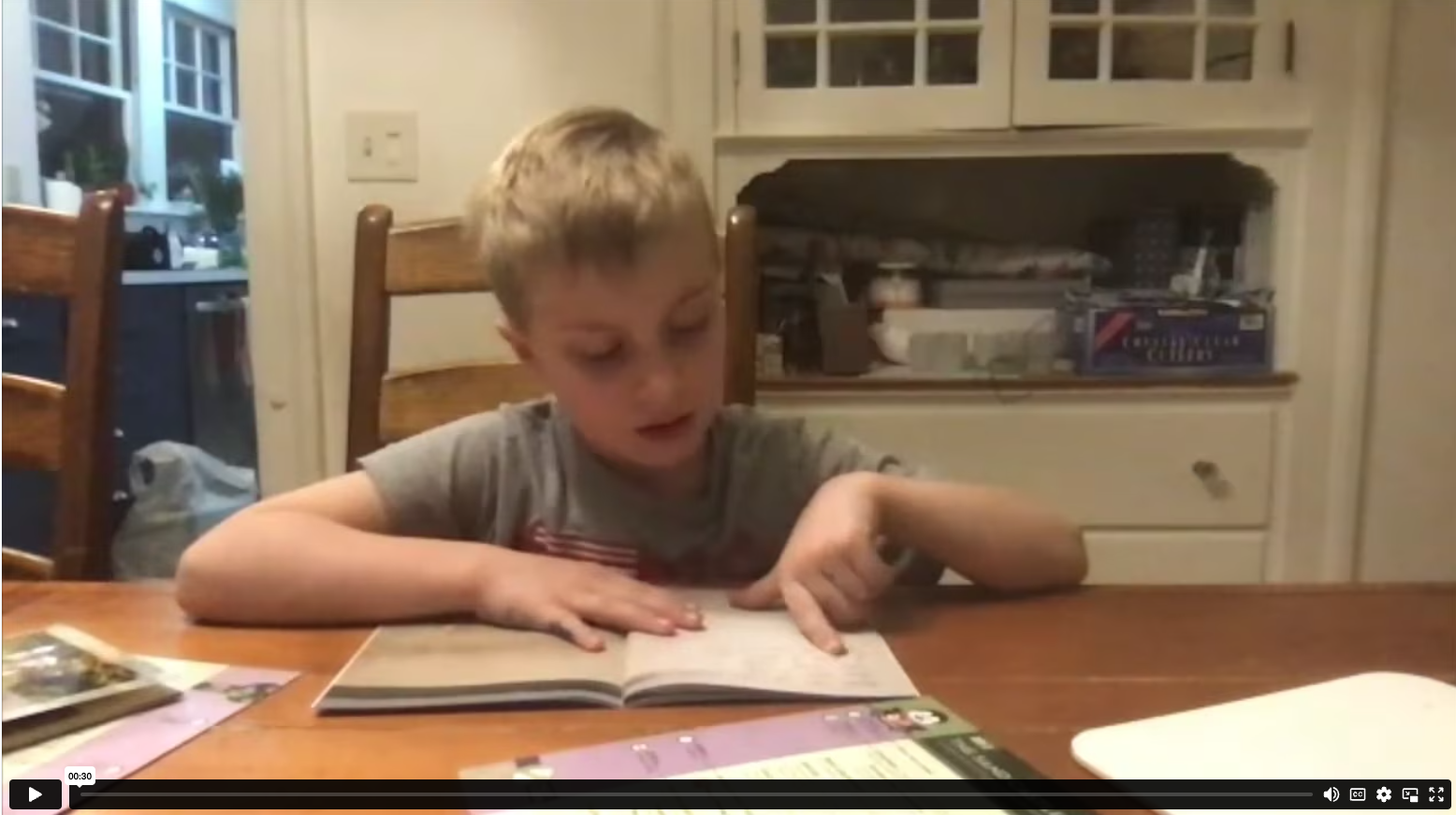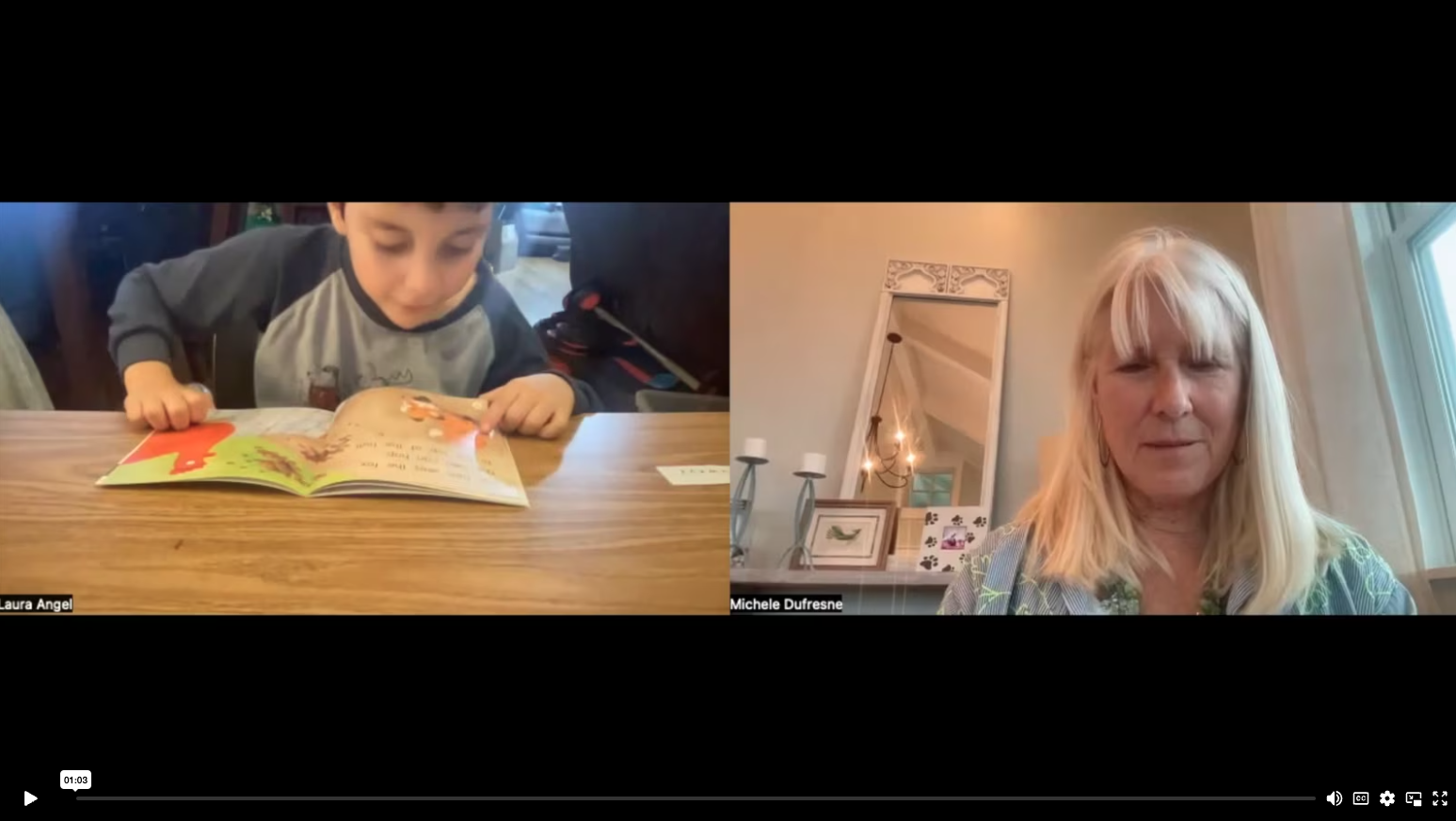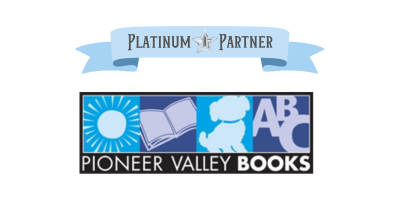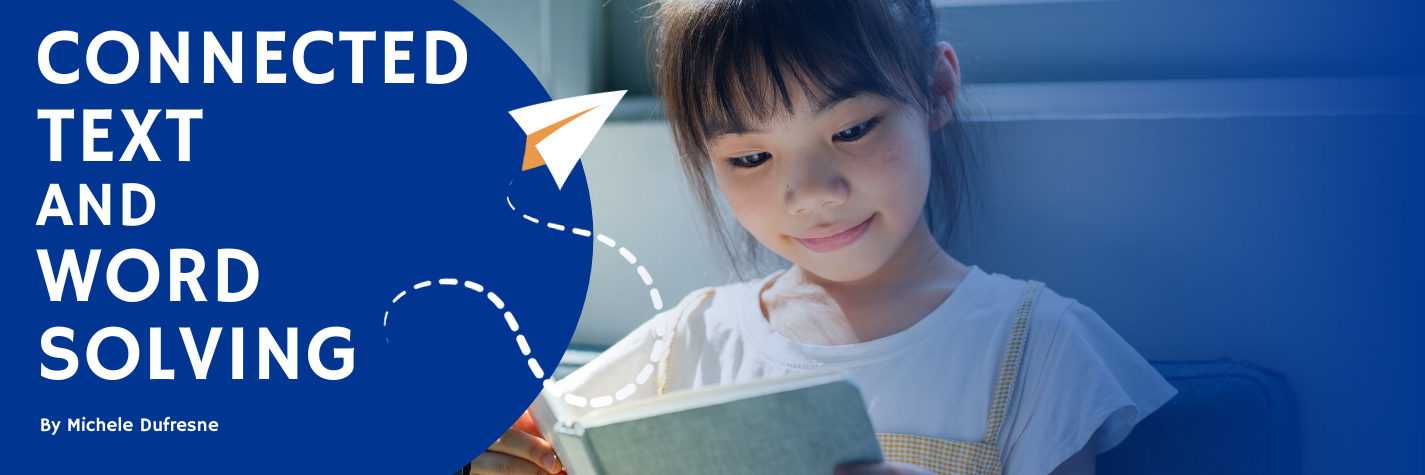BLOG
Connected Text and Word Solving
By Michele Dufresne
Recent discussions about phonics have underscored its critical role in literacy education. While the significance of teaching phonics is widely acknowledged, it is imperative to recognize that phonics is a means to an end, not an end in itself. We teach students phonics—or how words work—so they will learn how to decode unknown words while reading and how to encode unknown words while writing. When phonics instruction is taught in isolation, it fails to give students the robust reading experiences needed to build a strong foundation. Marie Clay tells us, “Most written language occurs as continuous text, so the focal task for the learner is to problem-solve the messages of continuous text” (Clay 2016, p. 6 ).
Think about learning how to drive a car. Just as studying braking and steering alone won’t make you a proficient driver, teaching phonics in isolation won’t make students proficient readers. Reading and writing proficiency requires the application of learned skills to real reading and writing situations.
Reading connected text not only enhances word recognition automaticity but also plays a vital role in word solving. Contrary to some beliefs, using context as a word-solving tool is supported by research (Scanlon and Anderson, 2020) and is an essential skill, especially in the diverse landscape of the English language.
In this video of my grandson Jaxson, observe how he adeptly uses both contextual information and decoding skills to tackle unfamiliar words, showcasing the interactive nature of effective reading.

Readers must be flexible in decoding, as some words may only be partially deciphered using phonics rules. Sometimes there is a mismatch between what the child decodes and the actual word. Say, for example, the reader decodes been with the rhyme of seen. If the pronunciation is not checked against what makes sense, students will not correct errors. Regular engagement with meaningful text is crucial, as decoding in isolation, especially with nonsense words, lacks the depth of learning gained from rich printed language.
I am concerned about the trend to discourage the use of patterned text with beginning readers. Well-constructed patterned text not only aids in learning critical print concepts but also teaches children to use context effectively and supports the formation of orthographic mapping.
Recently, I began working with Gabriel, who entered first grade with minimal letter and sound knowledge. Starting with patterned text and incorporating useful sight words both in reading and writing, we built early foundational skills and what Marie Clay refers to as an “island of certainty” for him. Gradually, I transitioned him to less patterned text and began rotating back and forth between simple decodable text and natural language–based books to build flexibility. In the video, observe his growing confidence and proficiency in reading and writing. Recently, Gabriel told his mother, “I think I am getting this.”

Let’s prioritize daily access to engaging and meaningful stories in our classrooms, ensuring that every student experiences the joy and satisfaction of “getting it,” just like Gabriel.
Clay, M. (2016). Literacy lessons designed for individuals (2nd ed.). Portsmouth, NH: Heinemann.
Scanlon, D. M. & Anderson, K. L. (2020). Using context as an assist in word solving: The contributions of 25 years of research on the interactive strategies approach. Reading Research Quarterly, 55(S1) S19-S34. https://doi:10.1002/rrq.335
Register for LitCon today to stop by their booths and see Michele Dufresne’s presentation on Balancing Phonics, Flexibility, and Fluency.
Michele Dufresne‘s career in education began in the elementary school classroom. Later she became a reading specialist, Title I Director and Reading Recovery Teacher Leader. Although now retired from teaching, Michele continues to work with children learning to read as a consultant in school districts across the nation. She holds a doctorate in education from the University of Massachusetts.
Michele is the author of several professional resources for teachers including Word Solvers: Making Sense of Letters and Words, published by Heinemann, and numerous children’s book series, including Bella & Rosie (based on her two beloved Bichons, pictured at right), Jack & Daisy, Marshmallow the Pony, and Spaceboy, and dozens of nonfiction texts, all published by Pioneer Valley Books, the company she and husband Robert Dufresne founded. Pioneer Valley Books provides children with engaging literature built on a strong pedagogical foundation.

Pioneer Valley Books is the Platinum Partner of the Reading Recovery Council of North America.
THE JOURNAL OF READING RECOVERY
Spring 2025
OPEN ACCESS: Centering Children and Working Towards Equity: Teaching All Children to Read by Catherine Compton-Lilly
Literacy Leadership in Support of Equity: Whatever It Takes by Allison Briceño
Exploring the Purposes, Power, and Potential of Familiar Reading by Jamie Lipp
Full Circle: From Student to Psychologist by Joyce Romano




